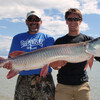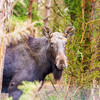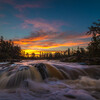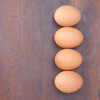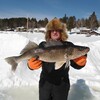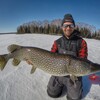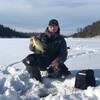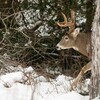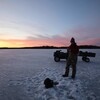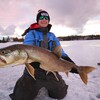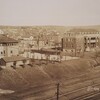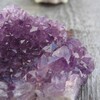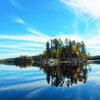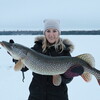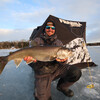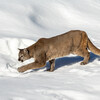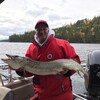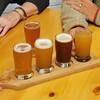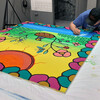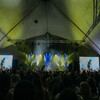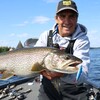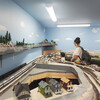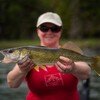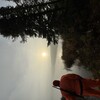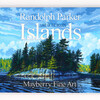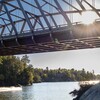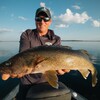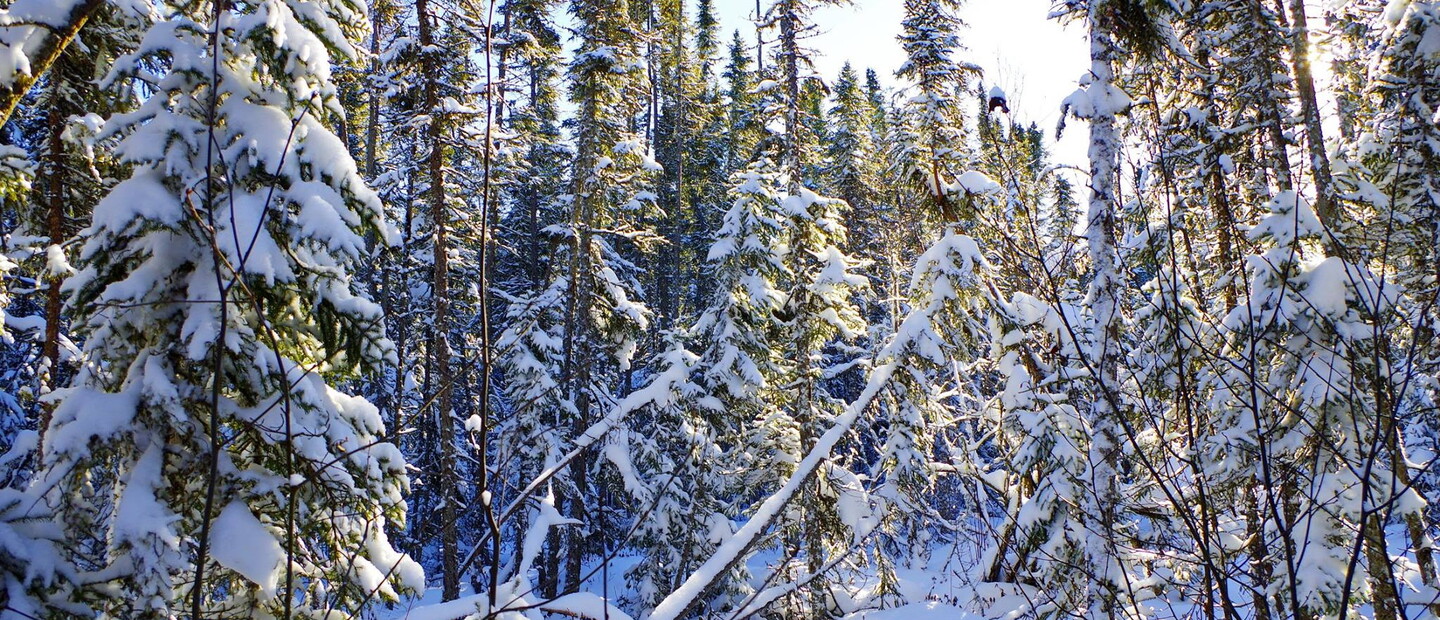
Amazing Snowflake Facts: The Anatomy of a Snowflake
Winter is approaching fast, and the snow will be here before you know it. Speaking of snow, have you ever wondered how snowflakes are formed?
Every snowflake is unique
You've probably heard the saying "No two snowflakes are alike," and when you consider the billions of individual snowflakes that fall to earth each year, that's pretty incredible. If you live in a place where it snows, you'll often notice that, depending on the weather conditions (how cold it is, how much moisture is in the system, and other factors), some snow looks and feels different from others. The stuff that falls in relatively mild weather is often heavier than the snow that falls when it's -25. This is important from a snow shovelling perspective, if not anything else.
Read on and learn the science of nature behind snowflakes and, if you live in Northern Ontario, get ready for billions of them to fall as soon as November arrives.

How Do Snowflakes Form?
The Nucleus: Every snowflake needs a nucleus - something that water molecules can latch onto. This is most often a speck of dust or pollen in the atmosphere. The life of a snowflake begins with nucleation, when the first water molecule finds a dust speck, latches on, and, as it moves through the cloud, attracts other water molecules, which combine to form a crystal.
No Two Are Alike: Amazing as that sounds, given the sheer number of individual snowflakes that fall during a snowstorm, it is indeed, true. University of Buffalo Chemistry Professor Jason Benedict explains why:

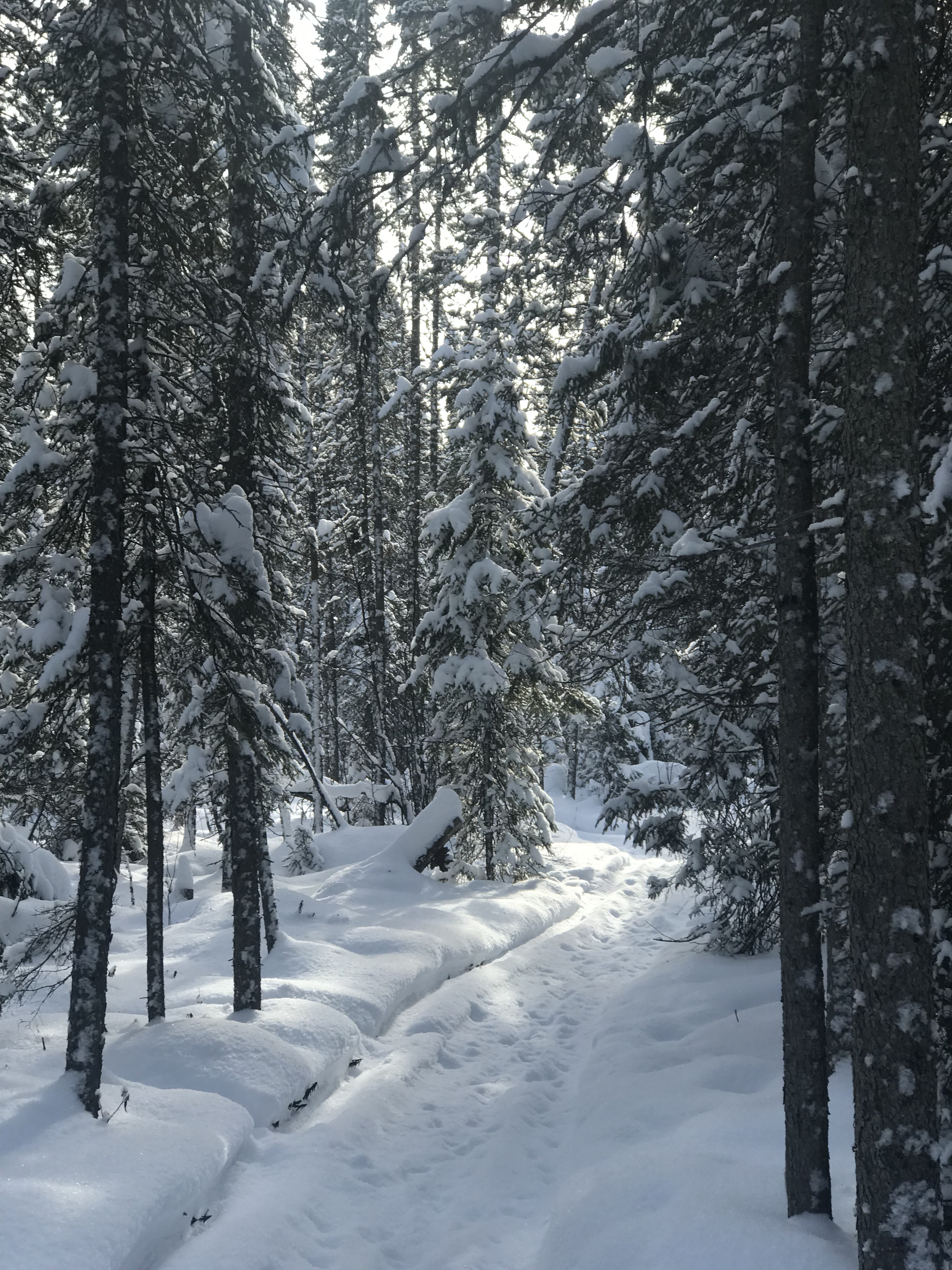
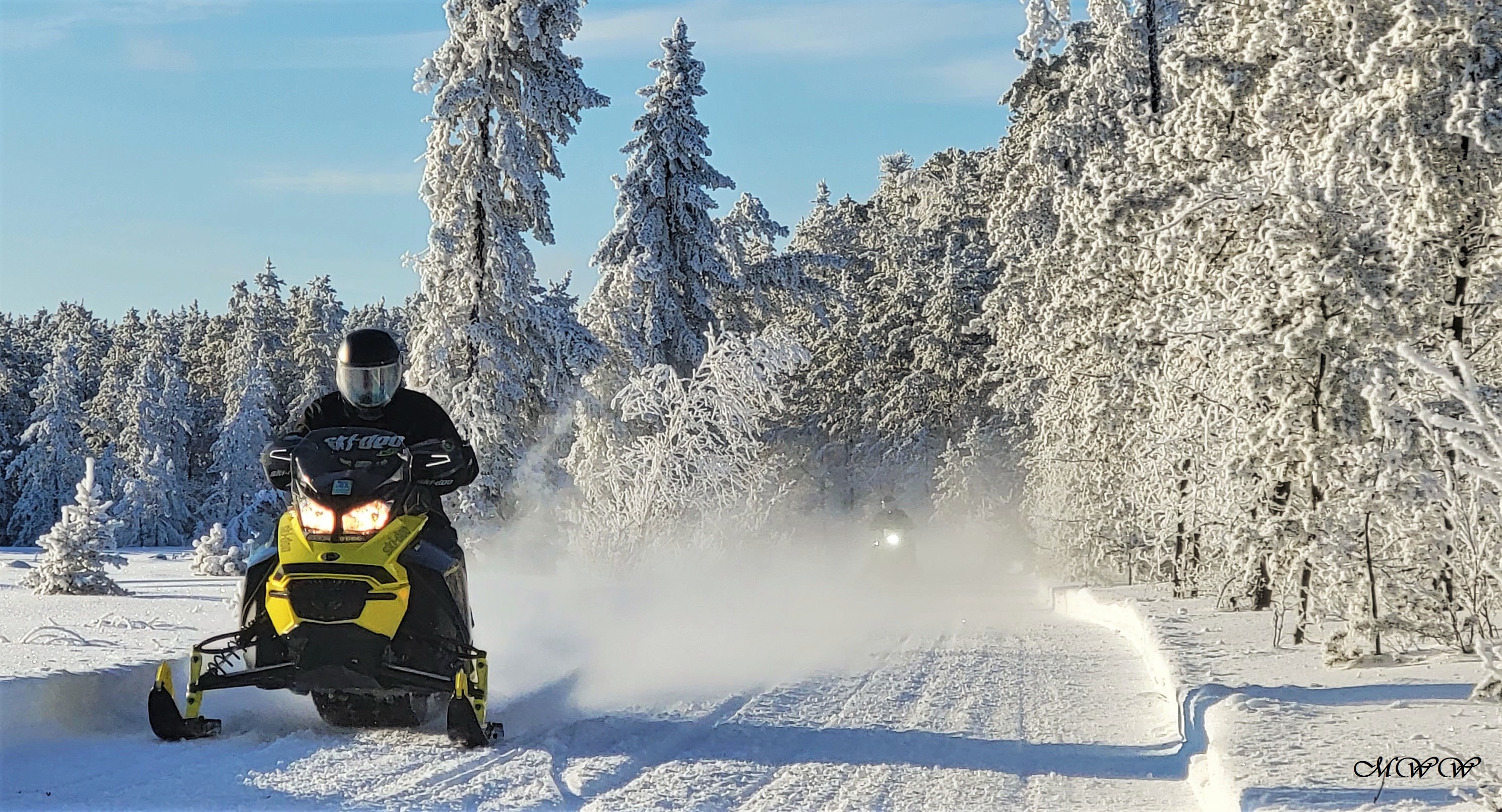
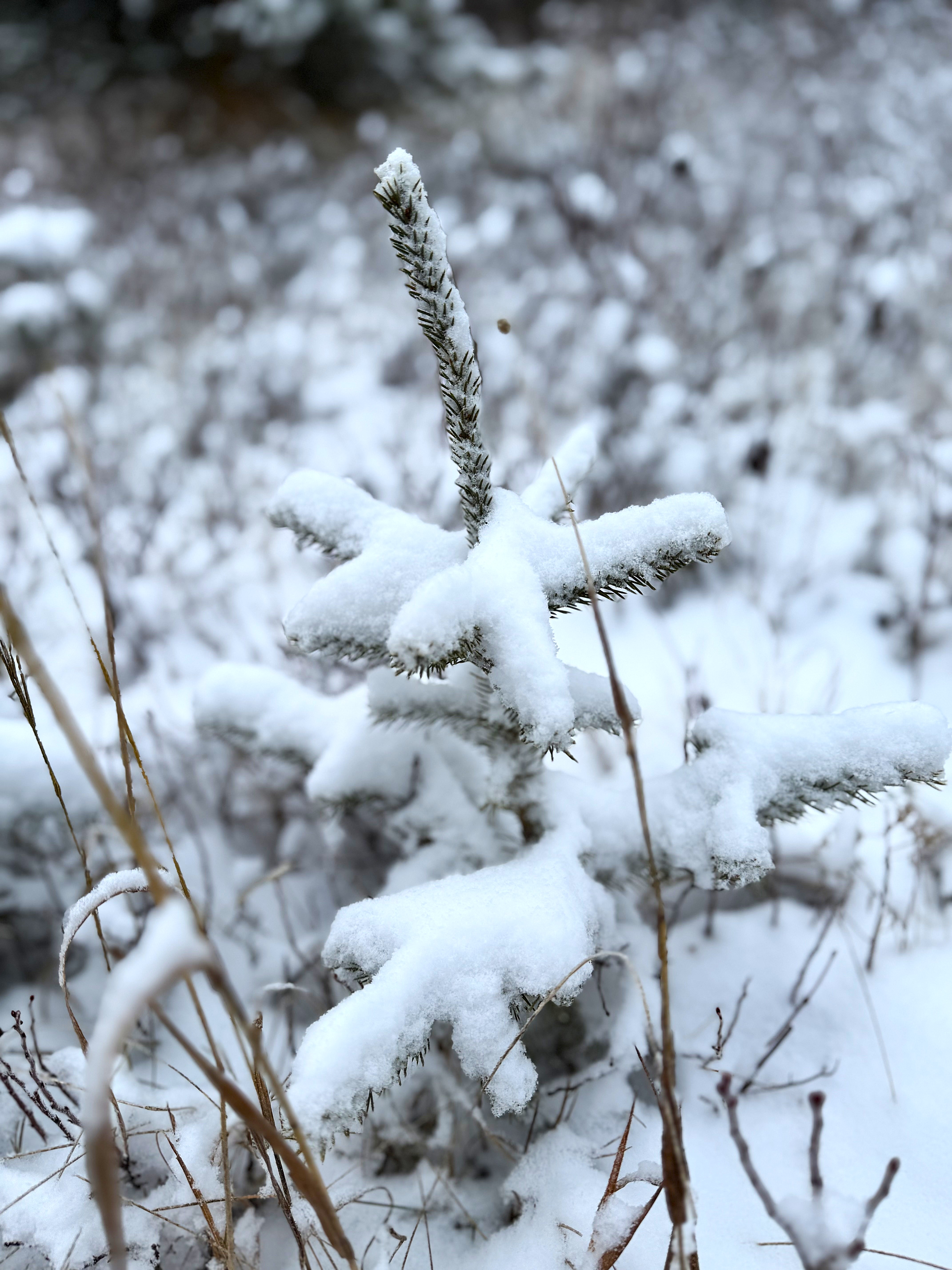
Complex Snowflakes: How much water there is inside the cloud has everything to do with how complex the structure of a snowflake is. Generally, when there's a lot of water vapor, the snowflake forms much quicker and when that happens, the complexity of the pattern is greater. Other factors such as temperature and air currents also impact an individual snowflake's structure. As Professor Benedict notes:
The crystal structures of ice determine snowflakes' structure. This means all of them are hexagonal in shape and have six arms and branches. The general rule is that slower-growing crystals have smoother edges, while faster-growing ones are typically more complex. The eight-sided snowflakes that you see replicated on things like Christmas wrapping paper are not possible in nature. The more complex flakes are known as stellar dendrites, and they are large enough that you can see their intricate patterns with a magnifying glass.
Here is an excellent guide to identifying snowflakes.
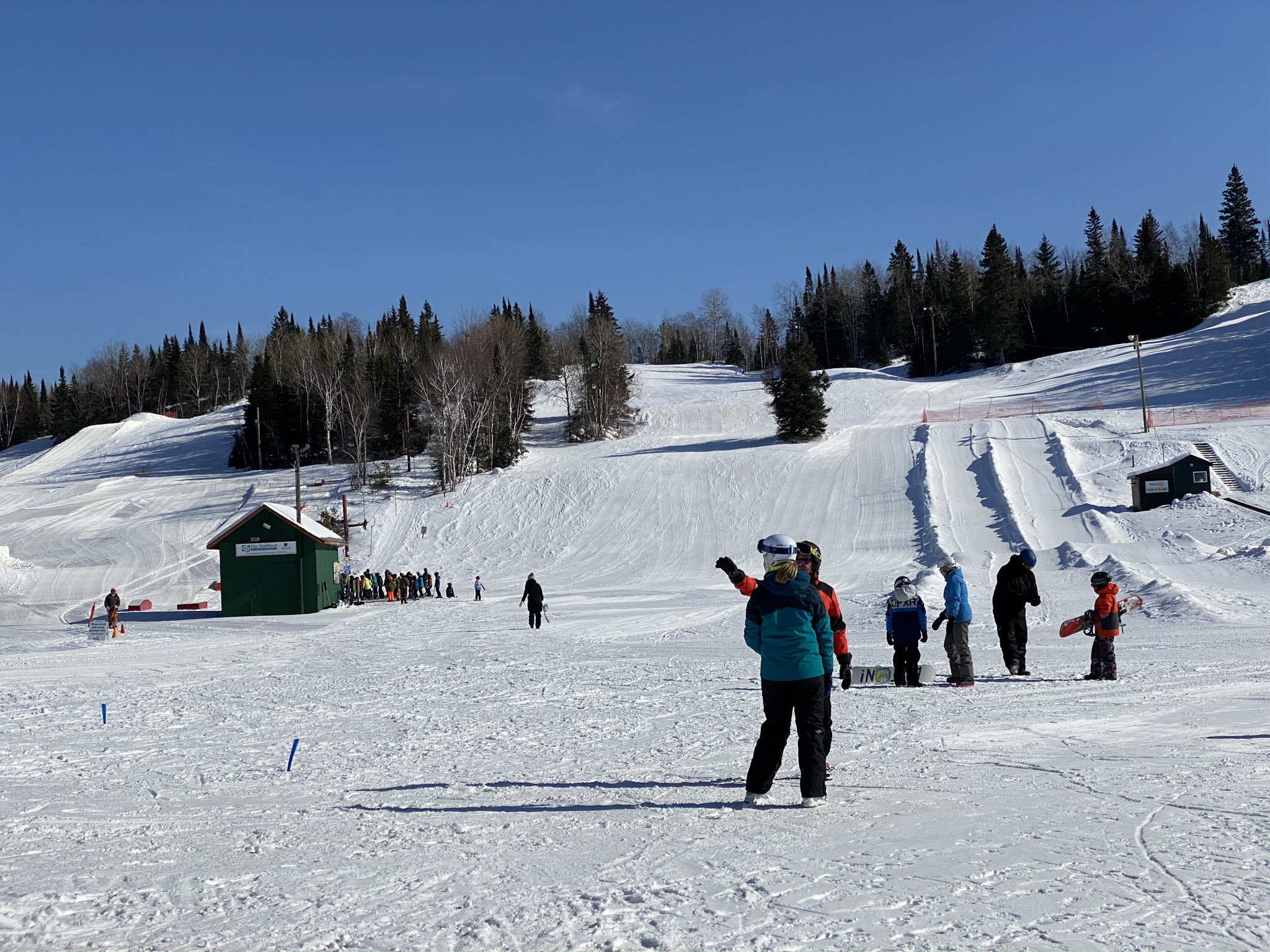
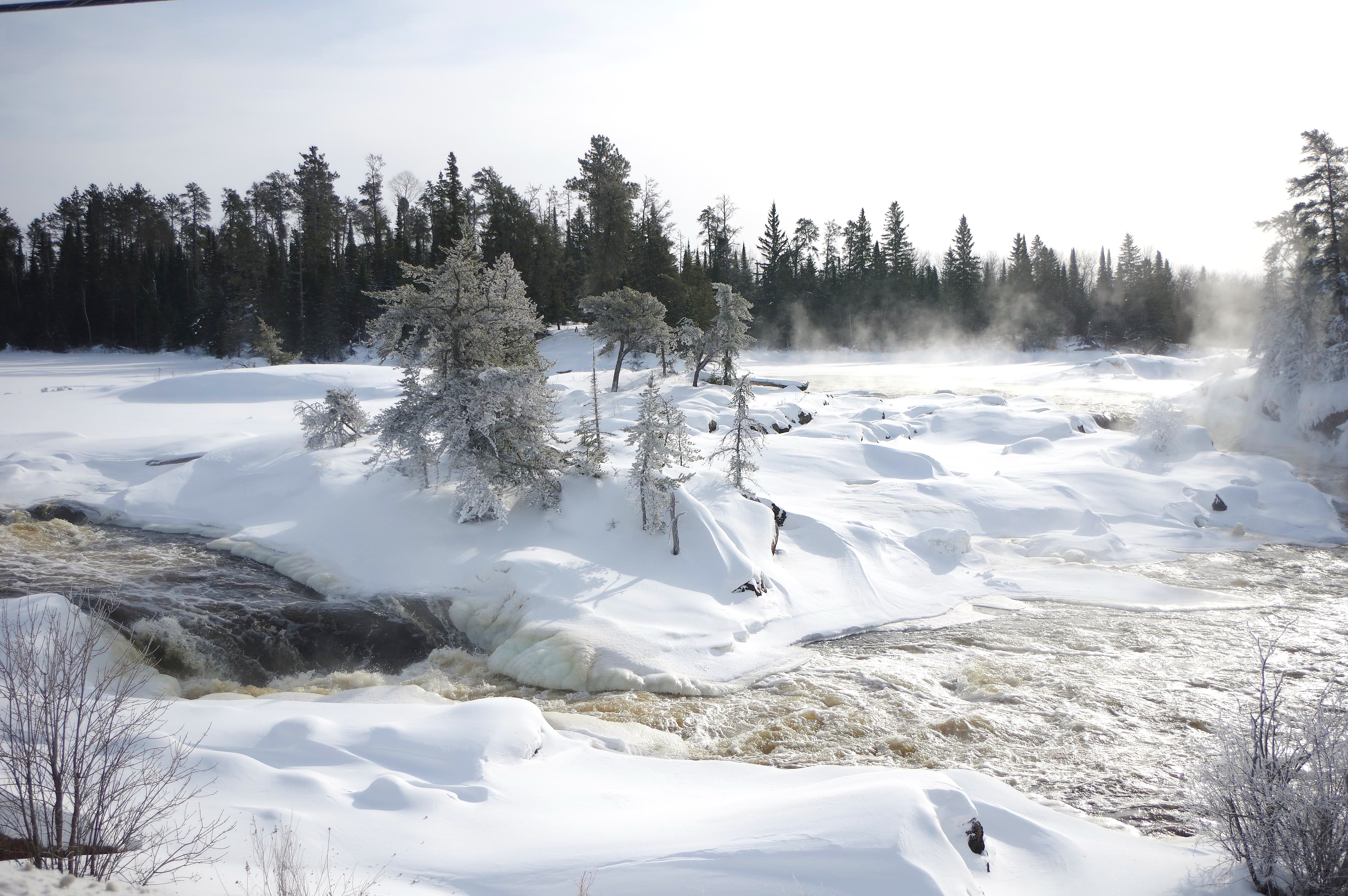
Variations in Snowflakes
Snowflakes come in a myriad of shapes and sizes. They can be broadly categorized into:
- Needles: These are thin and long, usually forming at temperatures between -5°C and -10°C.
- Columns: Cylindrical snowflakes that form in a similar temperature range as needles.
- Plates: Flat and thin, these form at both colder temperatures (-10°C to -20°C) and warmer temperatures (-3°C to 0°C).
- Dendrites: The classic snowflake shape, forming under temperatures between -12°C and -16°C, especially when there's high humidity.
- Capped Columns: These are columns with plate-like extensions on each end.
- Diamond Dust: Tiny ice crystals that form on clear, cold days and appear to glitter in the air.
- Rimed Snowflakes: These are snowflakes that collide with supercooled water droplets, which then freeze onto the snowflake, giving it a granular appearance.
- Graupel: This occurs when a snowflake becomes heavily rimed and looks like a tiny ball of rime.
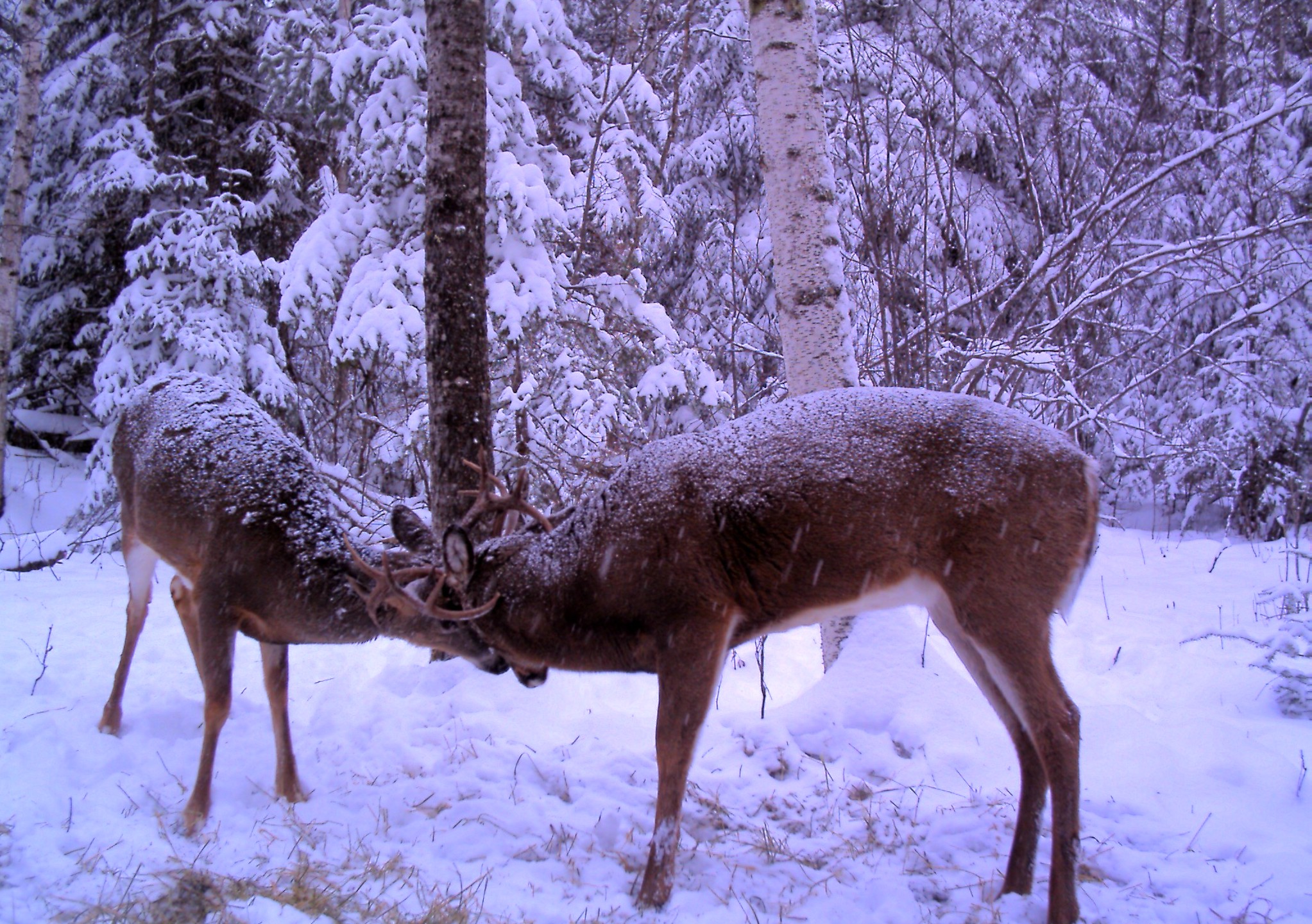
The snow is inevitable so make the best of it
When you live in Northwestern Ontario, Halloween or shortly thereafter is usually when the snow arrives. It doesn't melt until April or May so with that much snow on the ground for so long, it makes a lot of sense to embrace winter. Yes, it's cold here in winter but the saying "all you have to do is dress for it" is largely true. There are so many things you can do in winter and once you get outside and try, you'll never hibernate again!
Here's a suggested list of things you can do in the winter in Sunset Country:
Skiing: Whether it is cross-country or downhill, skiers have a long winter to enjoy the snow.
Snowmobiling: Northwestern Ontario has the least congested network of snowmobile trails in Ontario.

Winter Hiking: Winter is one of the best times to go hiking - no bugs and incredible scenery.
Ice Fishing: Most Lakes are frozen by mid-December, there are endless places you can go. Catch walleye, crappie, pike, lake trout, and perch.
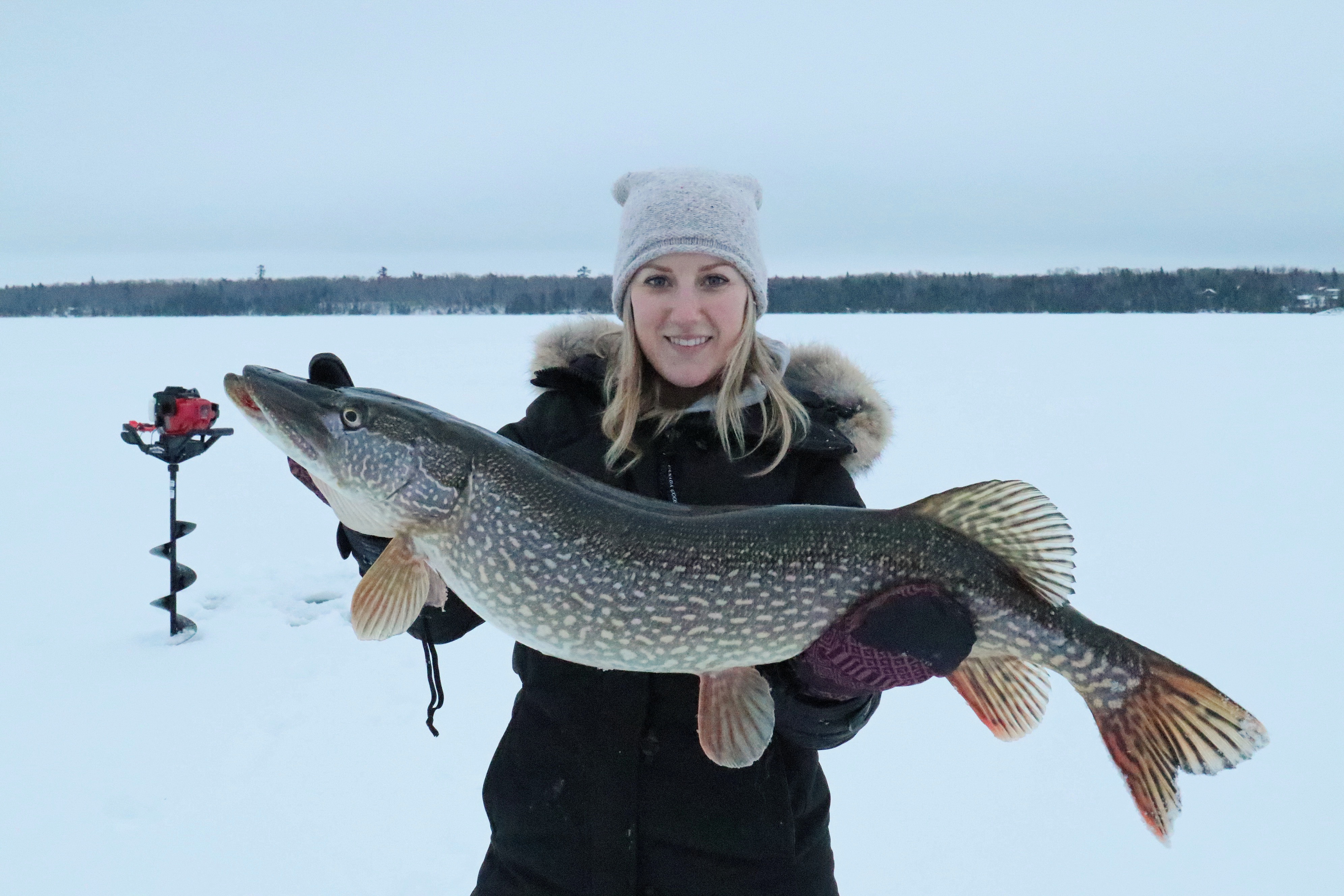
It's all in how you look at it...
Winter is the season where a stoic outlook is going to serve you well. If you pause to think about it, there's absolutely nothing you can do about the cold or all the snow, and it's going to last for quite a while in the north. Instead, you'll be better off if you look at winter differently, even positively. Get outside and try something you've never tried before. It will make ALL the difference!
As you move towards embracing winter, stop for a moment and think about that snowflake its intricate patterns and how, despite there being billions of them around, no two are alike. It's a wonder of nature so get outside and have fun in our winter wonderland in Sunset Country.
Here's a worthwhile video to watch: The Building Blocks of Nature
Recommended Articles
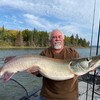
Is the 1,400 Kilometre Drive to Northwest Ontario For a Fishing Trip Worth it?
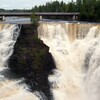
8 must-see waterfalls

6 Ways to Get Your 10,000 Steps This Fall
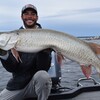
Top 5 Reasons You Should Be Fishing in Morson, Ontario

Discover The Winnipeg River
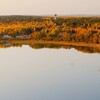
Enjoy Sunset Country's Fall Colours on Your Next Road Trip

Fishing in the Fall?
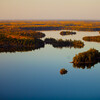
6 Reasons to Book a Fall Vacation to Sunset Country
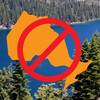
10 Reasons to Avoid Ontario’s Sunset Country
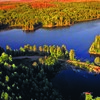
Heading Across Canada?
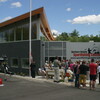
A Guide to Sunset Country Museums
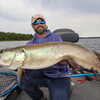
The Promised Land: Best Muskie Fishing in Ontario
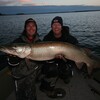
Fall Fishing Tips
5 Essential Boreal Experiences in Ontario's Sunset Country
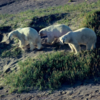
5 Obscure Facts About Northwestern Ontario: Were You Aware of These?
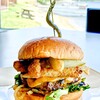
Great Food in Relatively Unknown Places
Outdoor Medicine
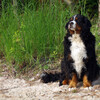
A Guide to Bringing Your Pets on Vacation to Canada
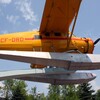
There's more than just fishing in the Red Lake Region

5 Amazing Sights You Can Only See By Boat

Going Fishing in Canada?
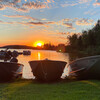
Going fishing in Ontario?

Outdoor Adventure in Ontario's Northern Paradise
Planning A Family Fishing Trip to Canada

Tips from a Fishing Legend
